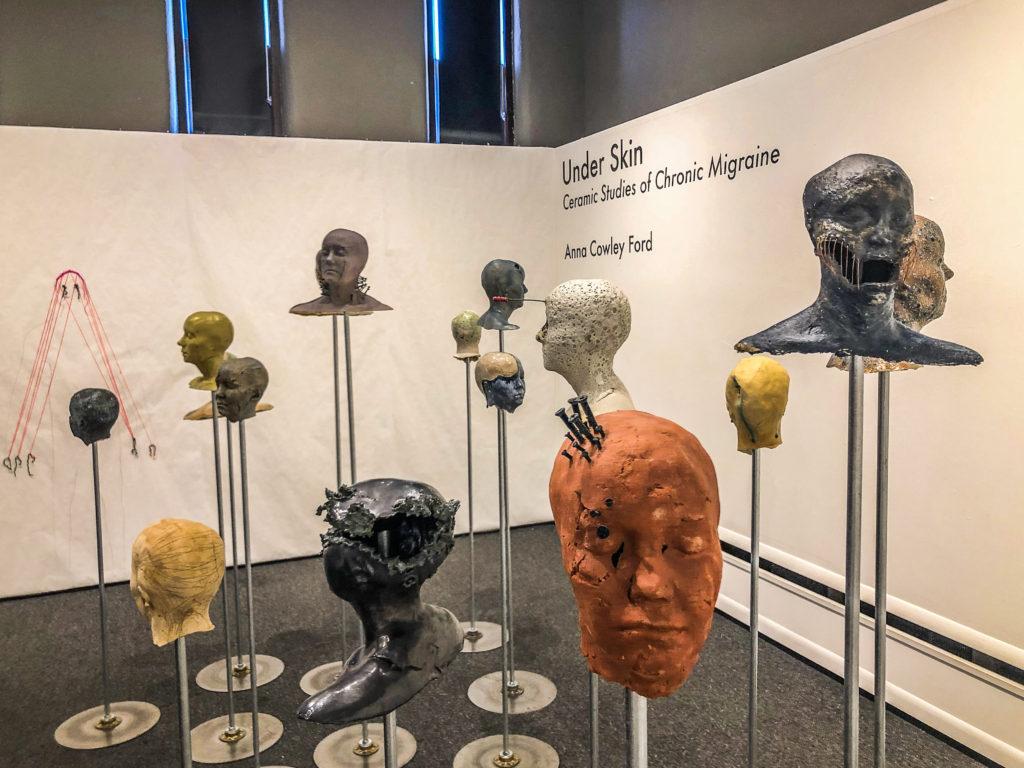
The Grinnell Arts Center’s Stewart Gallery is featuring an exhibit by Anna Cowley Ford ’11 entitled, “Under Skin: Ceramic Studies of Chronic Migraine,” from Sept. 26 until Nov 2. The exhibit features ceramic busts of the artist herself, augmented to depict the pain she experiences due to chronic migraines.
These clay likenesses were created using a plastic mold of her face. Each sculpture is altered to visualize the pain she feels. One has an arrow shooting through its forehead, one has a wire cage for a mouth, one’s patchwork face is held together with metal string and another one’s face is totally cut off, leaving just a round circle where its features once were.
To create these sculptures, Cowley Ford asked herself, “How can I communicate this sensation to someone else, how can I visualize it for others?” Chronic pain is an invisible affliction. While her migraines affect her life, her friends and family can never truly understand it. Her work is an attempt to cross this divide.
“It was really exciting [to be asked to exhibit my work], but also felt like a lot of pressure to come back to Grinnell, to show the community and faculty what I have been working on since graduating,” said Cowley Ford.
“[The Studio Art department] did an excellent job in preparing me to be an artist out in the world.” She remembers fondly the generosity of her professors, such as her advisor, Professor Mathew Kluber, and her ceramics professor, Lecturer Jill Shrift, who gave Ford glaze recipes and clay to help her set up her own studio after she graduated.
Cowley Ford’s chronic migraines became a daily occurrence during her second year at Grinnell. The pain began affecting her relationships with friends, her classwork and her art. Her senior show at the Smith Gallery was called “A Glimpse into Chronic Migraines”, and was an attempt to illustrate the isolation that her migraines brought upon her.
Anna borrowed a bed from Facilities Management, as her own was where she had been spending most of her time. For the exhibition, she covered the sheets in pins and fabric and littered the floor with pill bottles. She wanted to present to her friends and community the “fracturing of my life and the isolation of chronic pain.”
Cowley Ford describes this work as coming from a “need to explain what I was going through, and also as a coping mechanism too, trying to figure out a thing that had kind of taken over my life.”
She explains that chronic pain in her experience can be extremely lonely, because “while a lot of people experience it … it is still very isolating because no one else can see it.”
Her work is not only a way to show those who do not understand chronic pain, but to affirm the chronic pain many feel and make others experiencing pain feel less lonely.
On the gallery walls of Cowley Ford’s current exhibit, she invites anyone experiencing invisible illnesses to share their experiences. Visitors can trace their body on the wall and use provided materials, such as beads and crayons, to express pain that is usually hidden from view.
Cowley Ford wants her work to be seen by those who would not usually go to galleries, those suffering from intense chronic pain. She has shown her art in the past in spaces where those who experience chronic pain venture, such as at the Cowell Cancer Center in Traverse City, a migraine convention in California and even a pharmacy in her hometown of Fort Worth, Texas.
As a nonprofit art center, the Grinnell Arts Center provides another opportunity for a large audience to see her work.
Anna Cowley Ford’s exhibit is shocking in its gruesome augmentation of her own image and leaves one thinking more directly about their own body, challenging them to express what cannot be seen by the outside world.
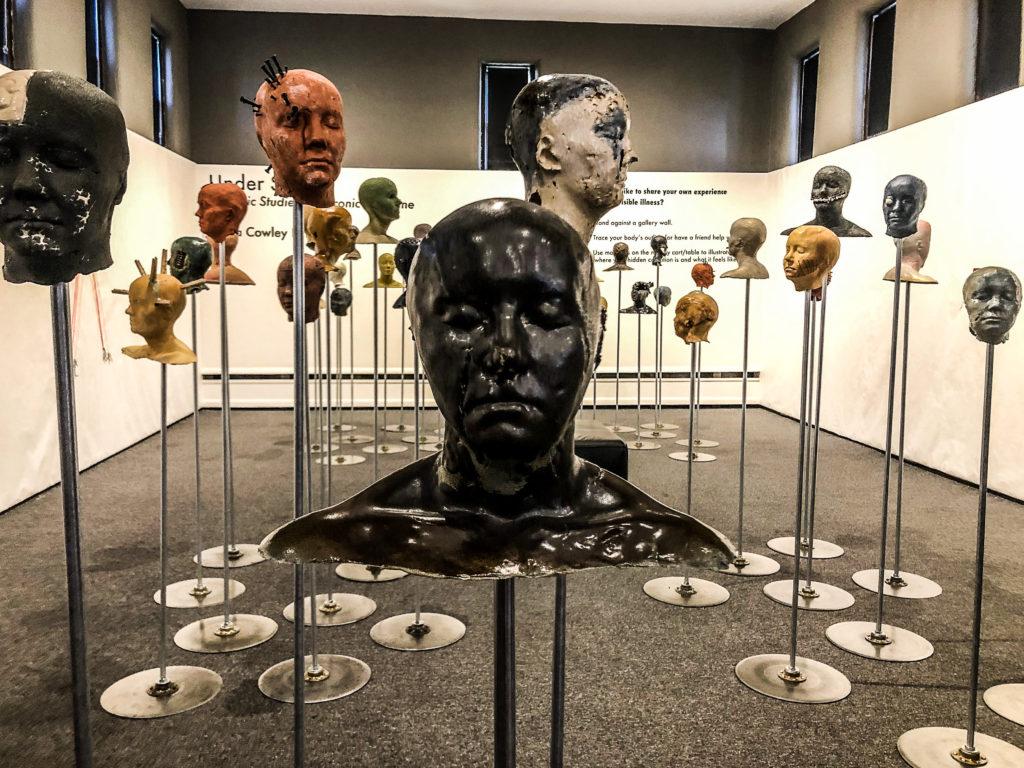
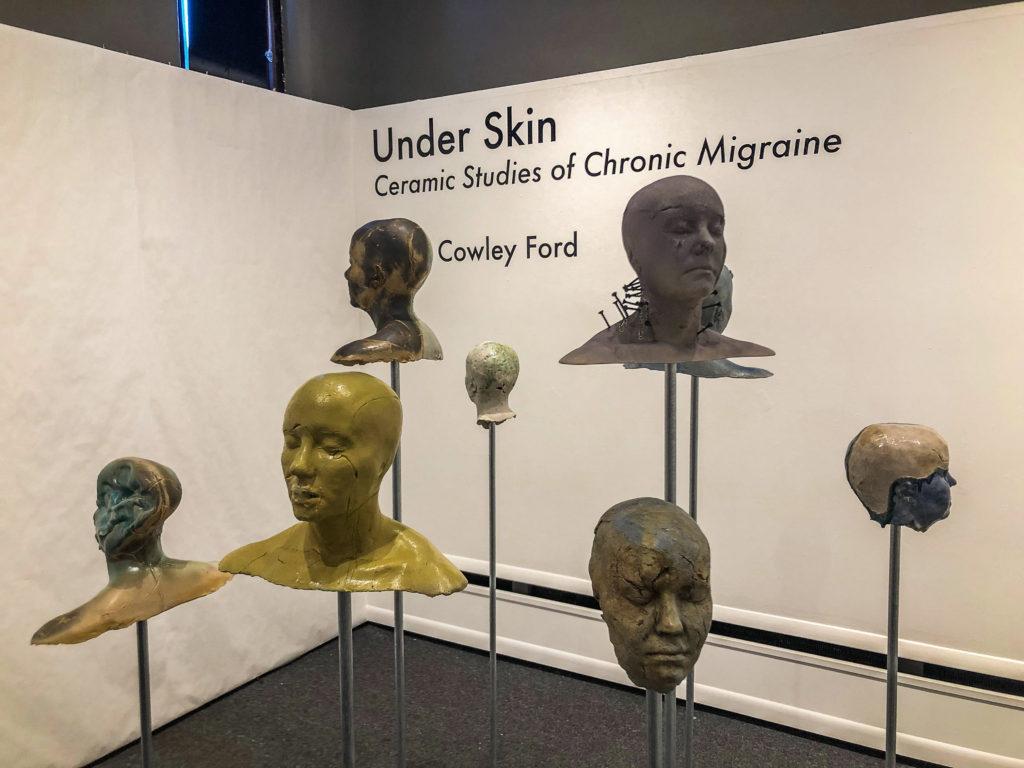

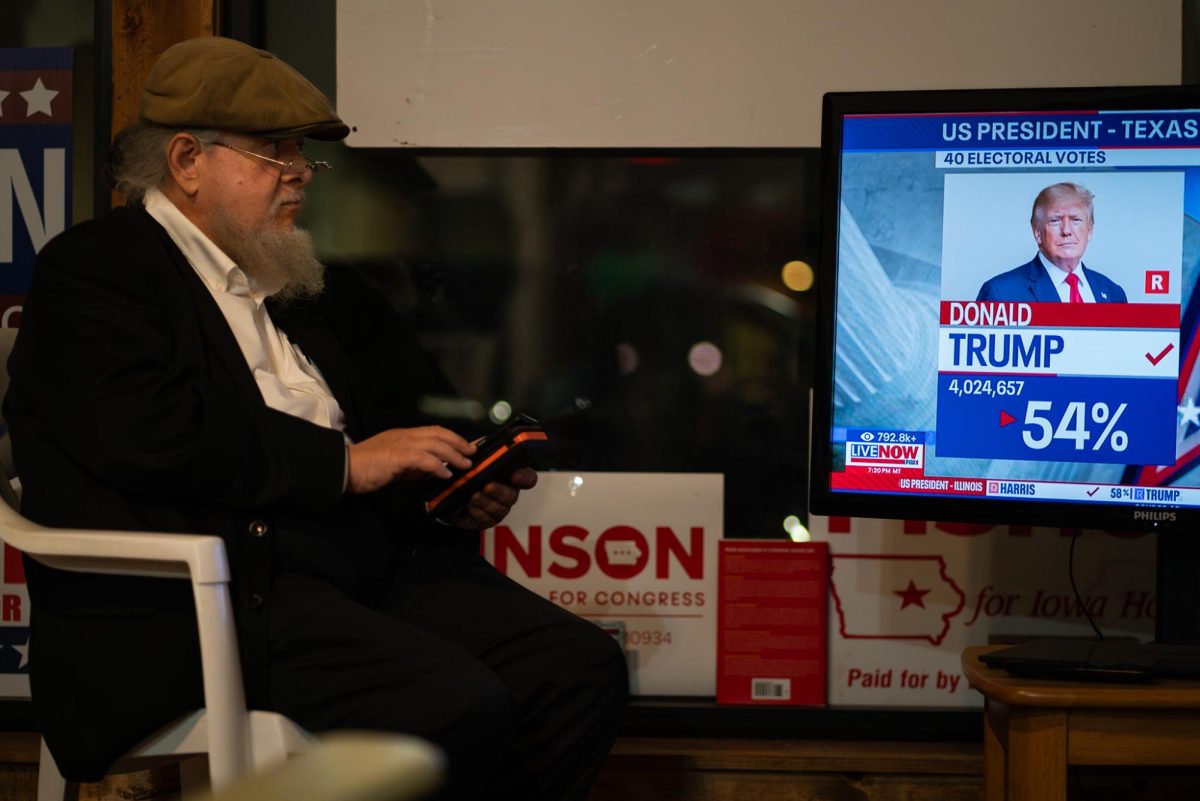
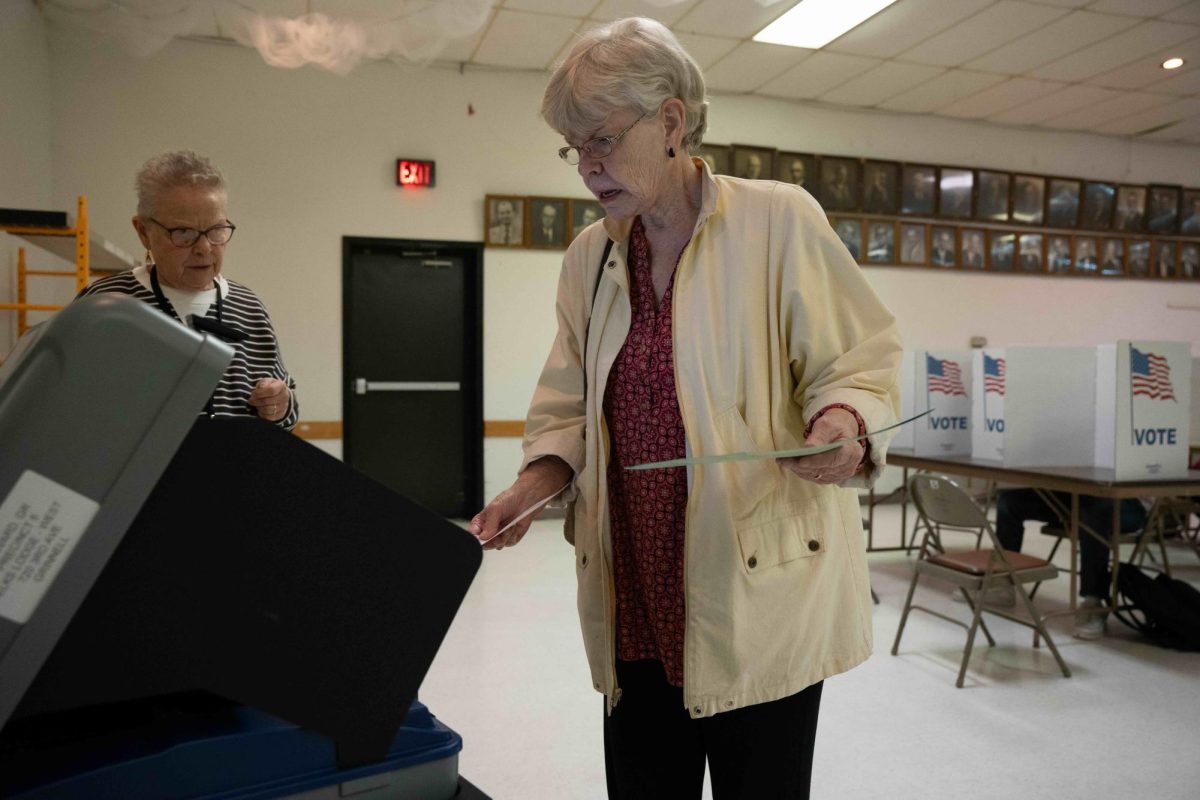



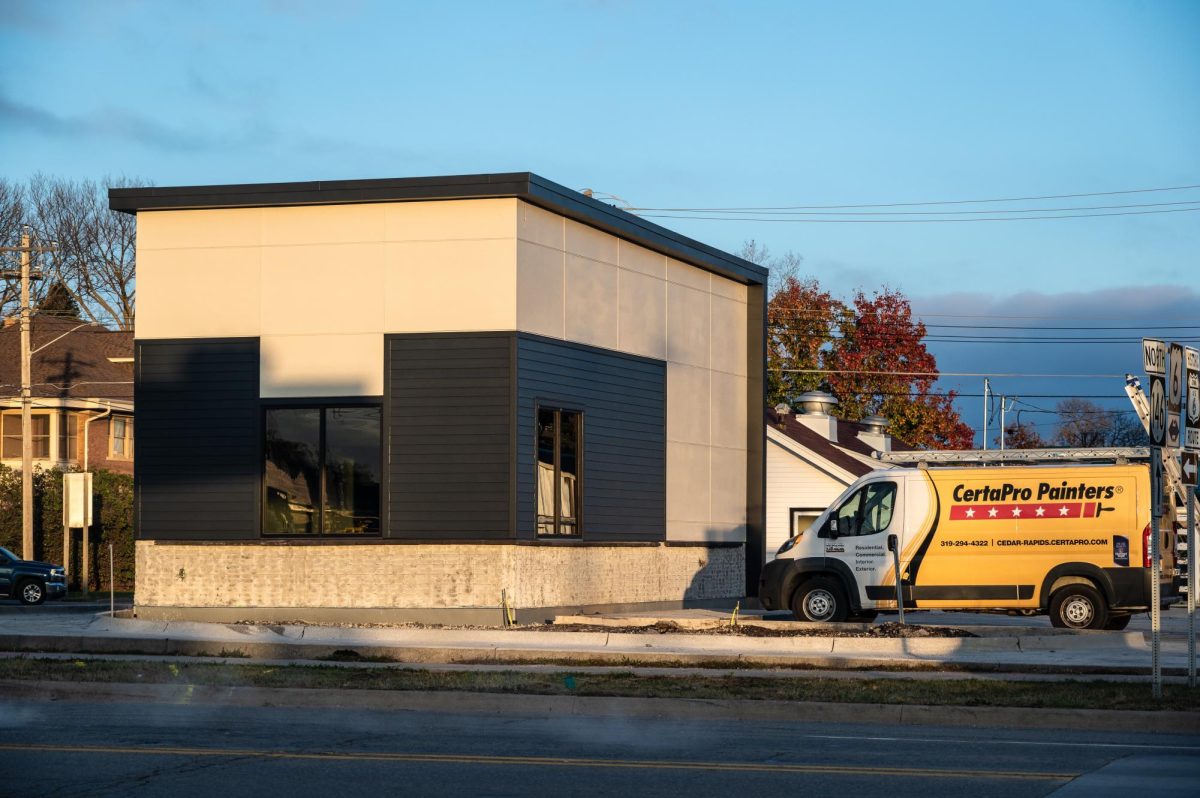

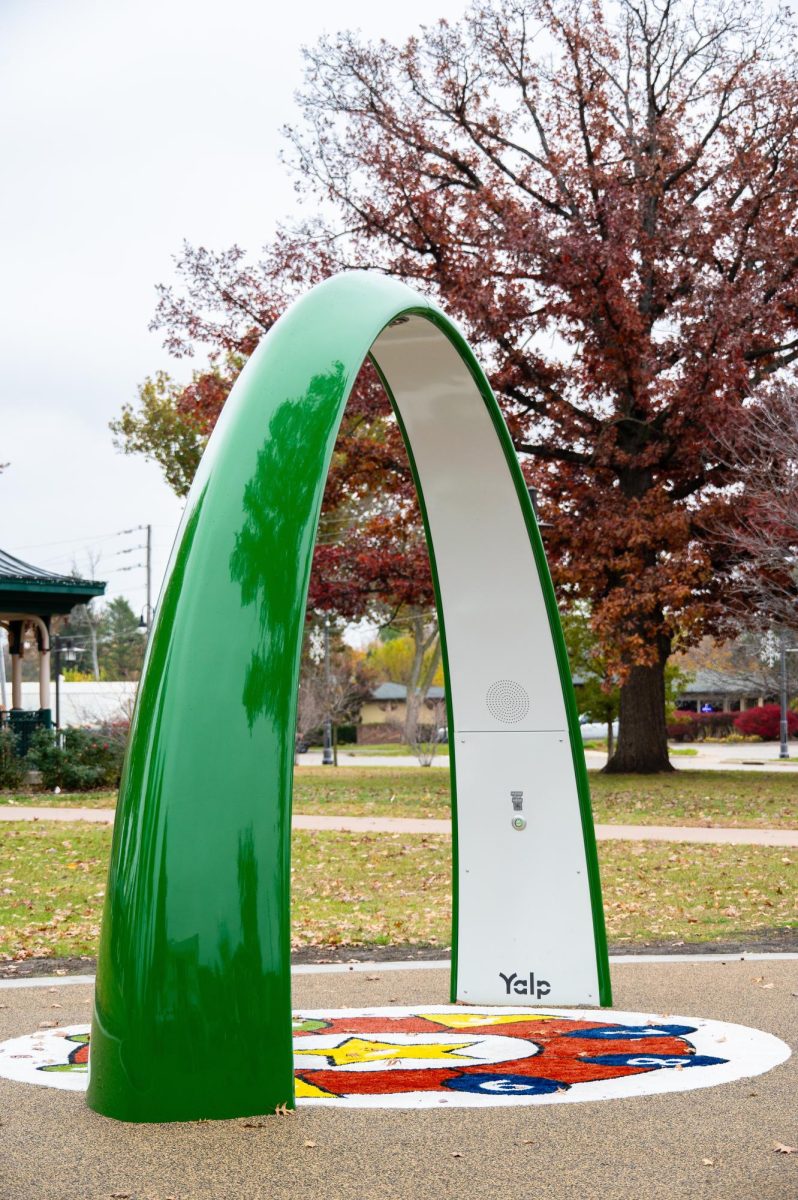
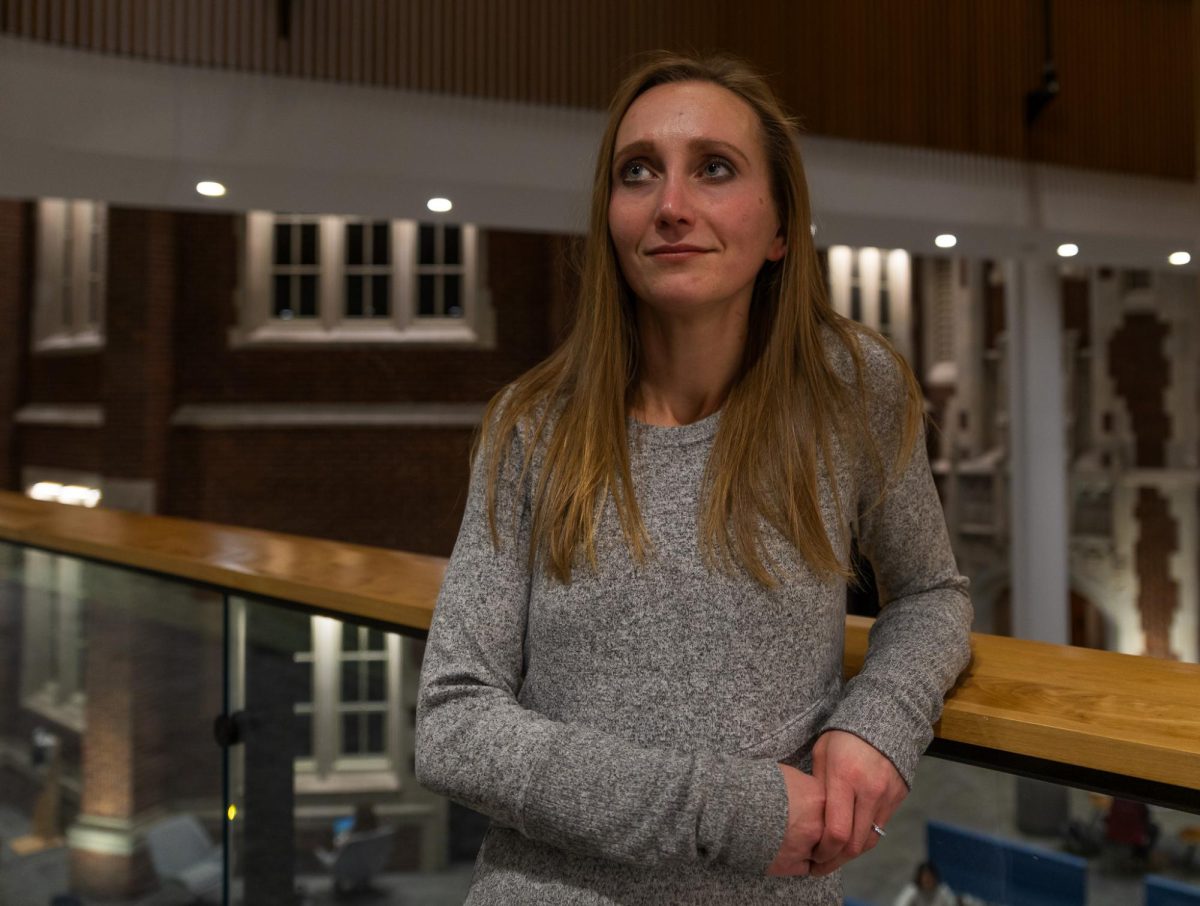
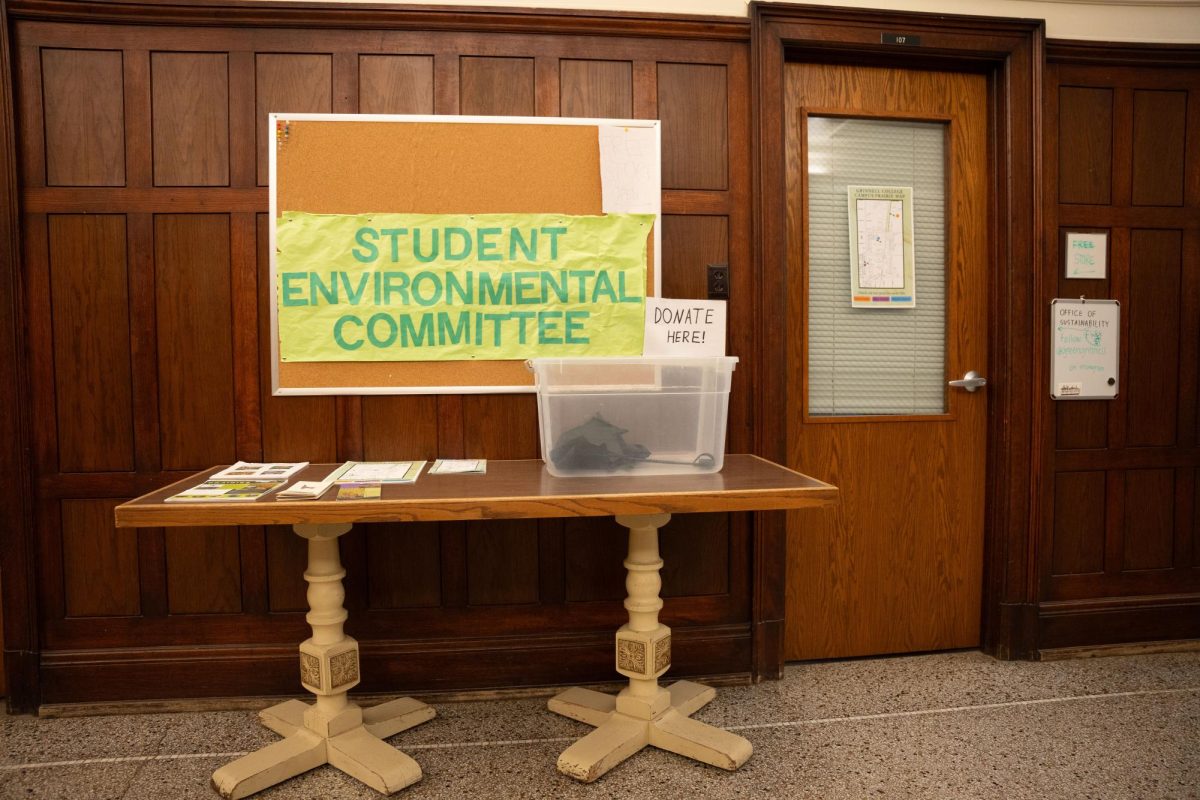
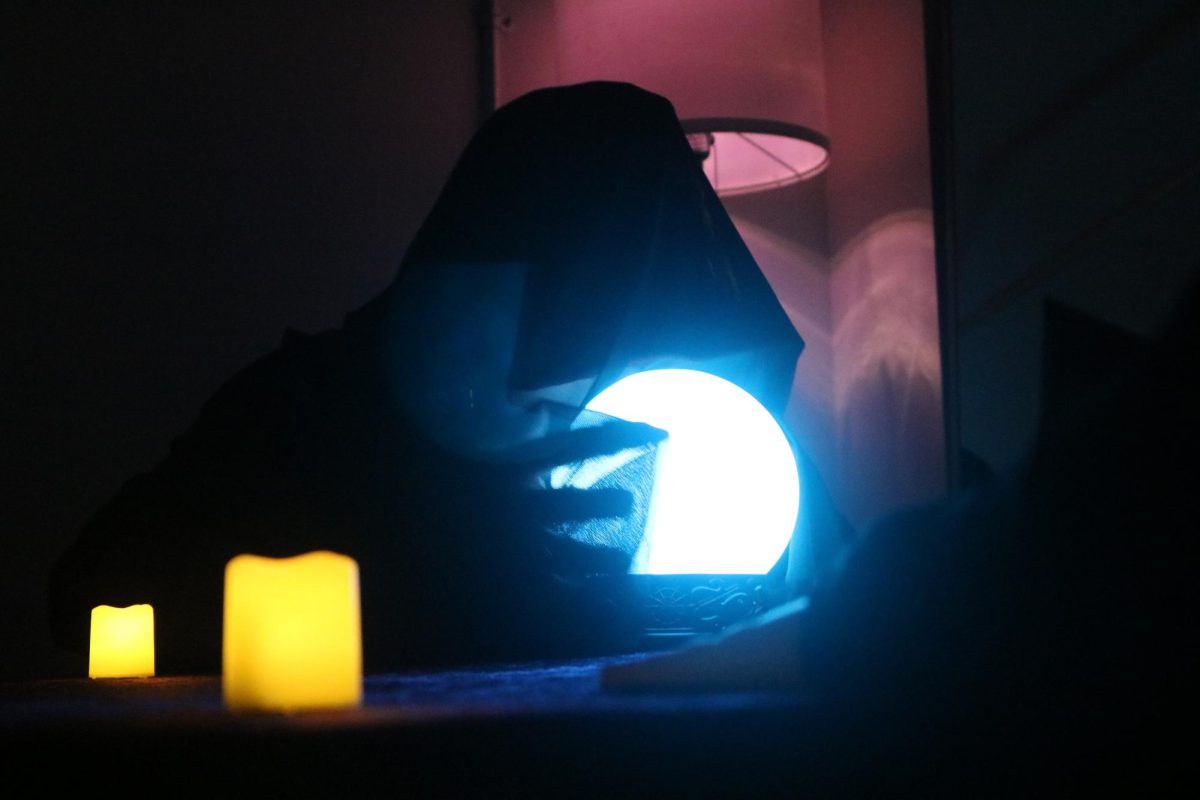

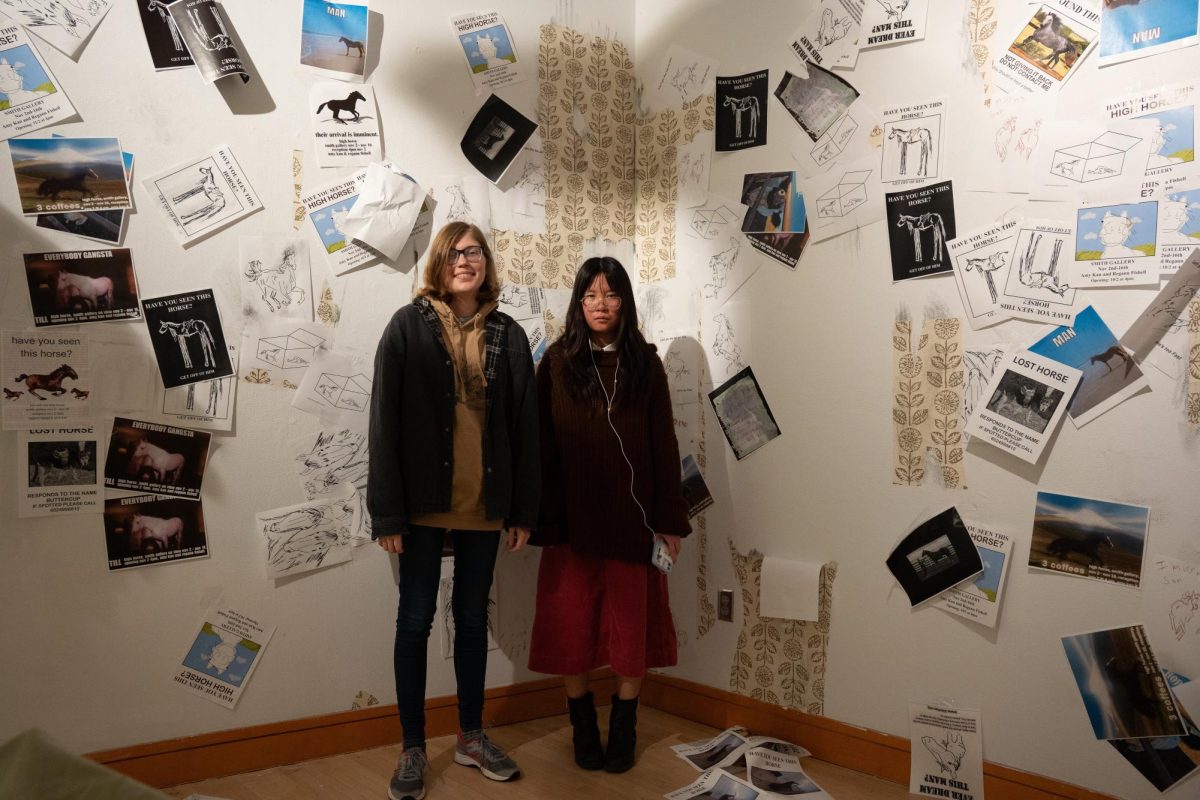
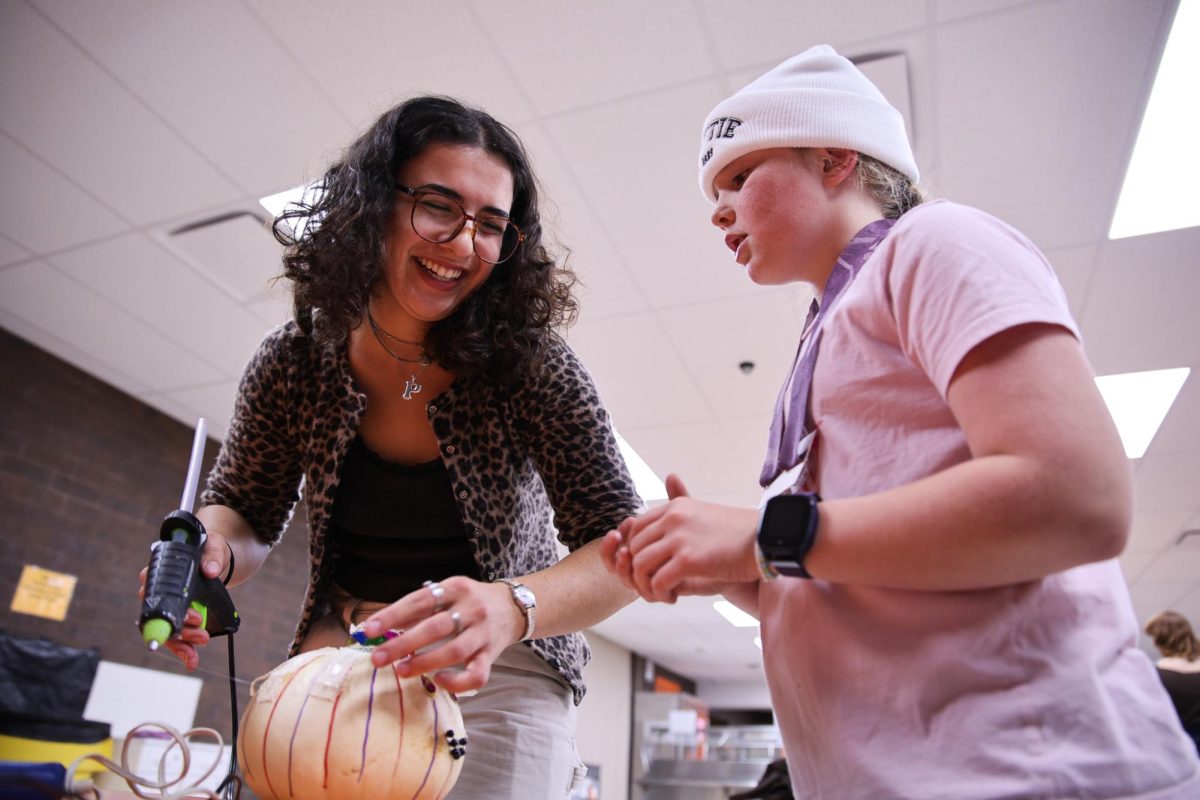
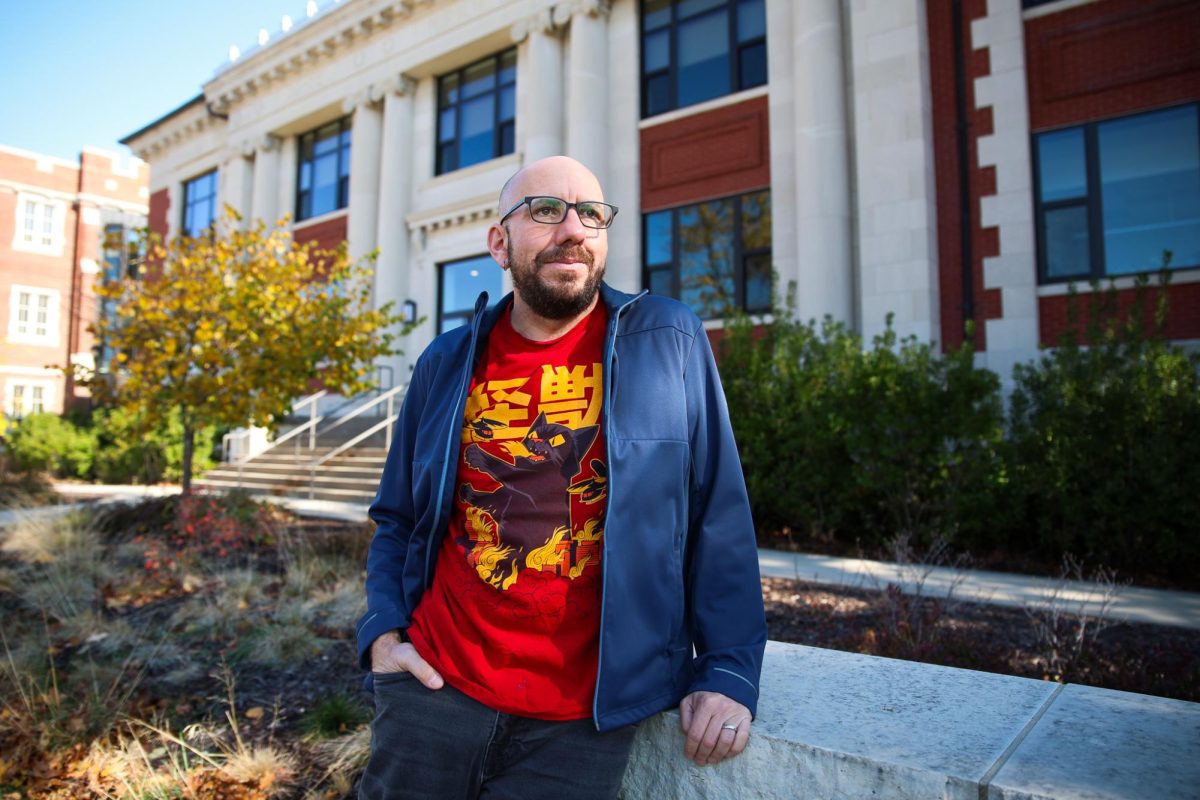
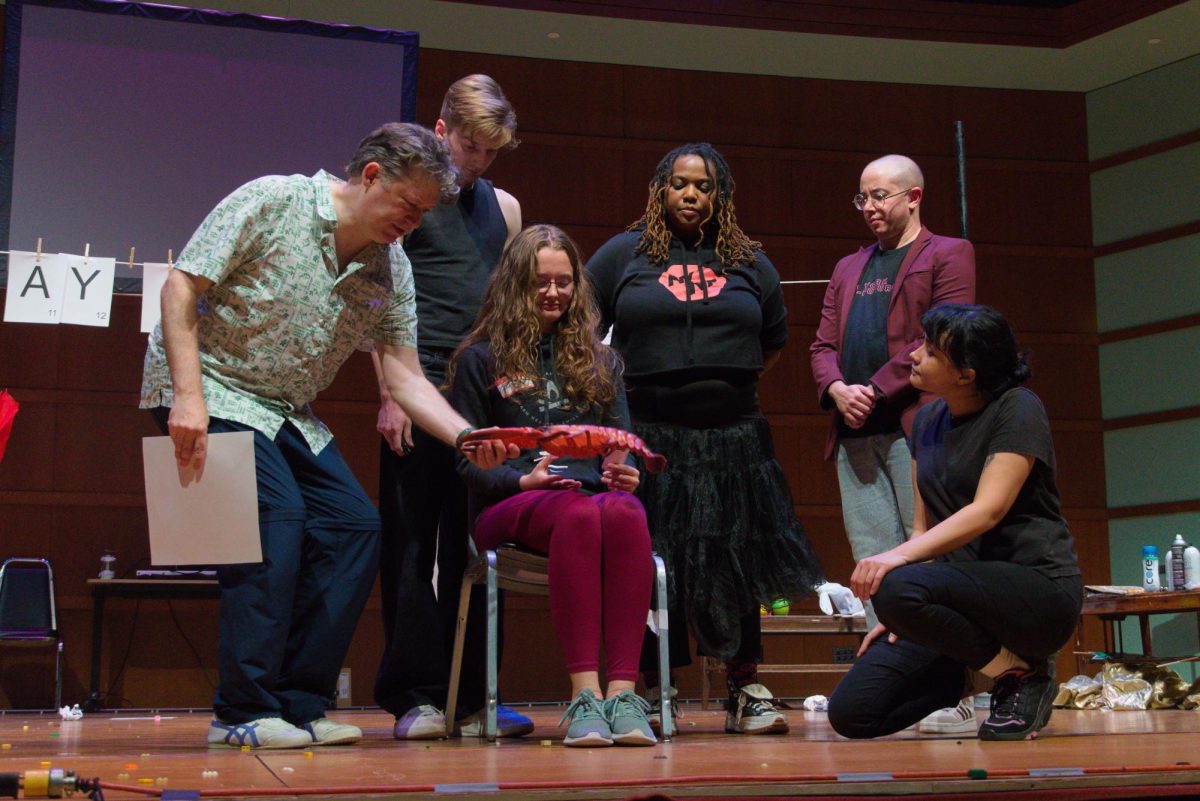
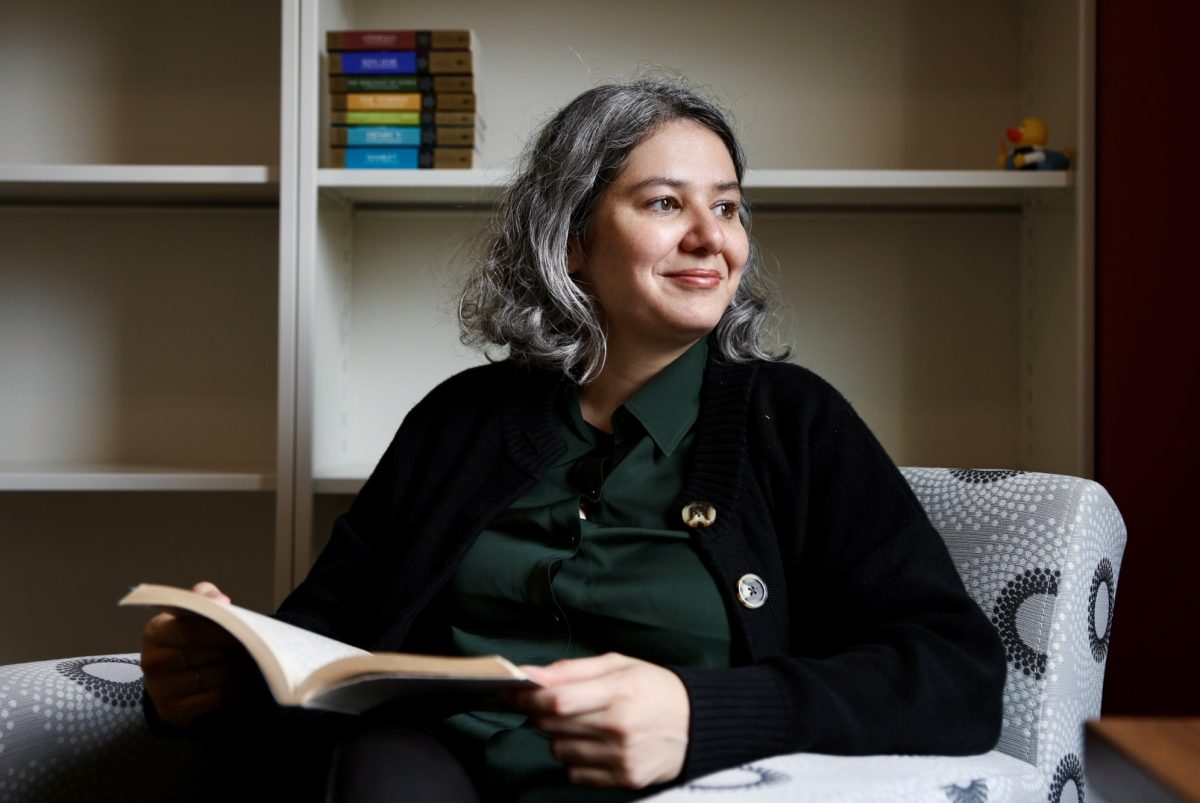


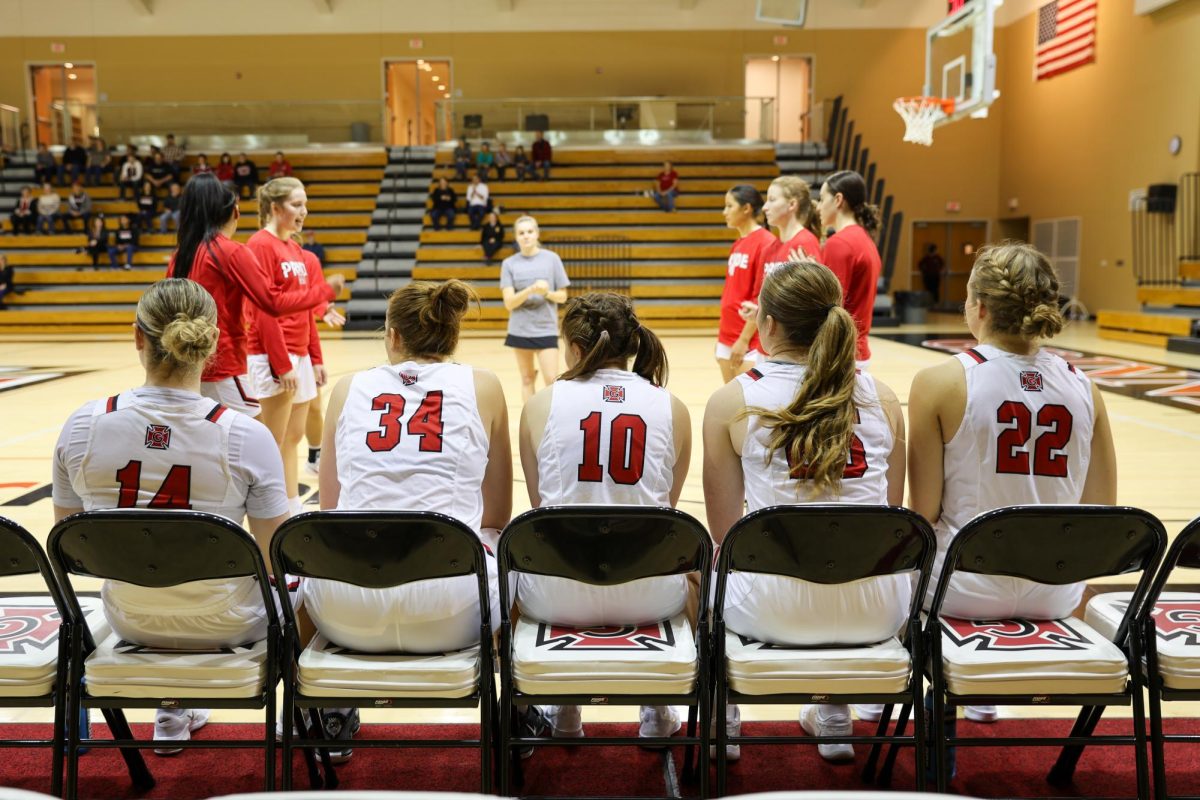

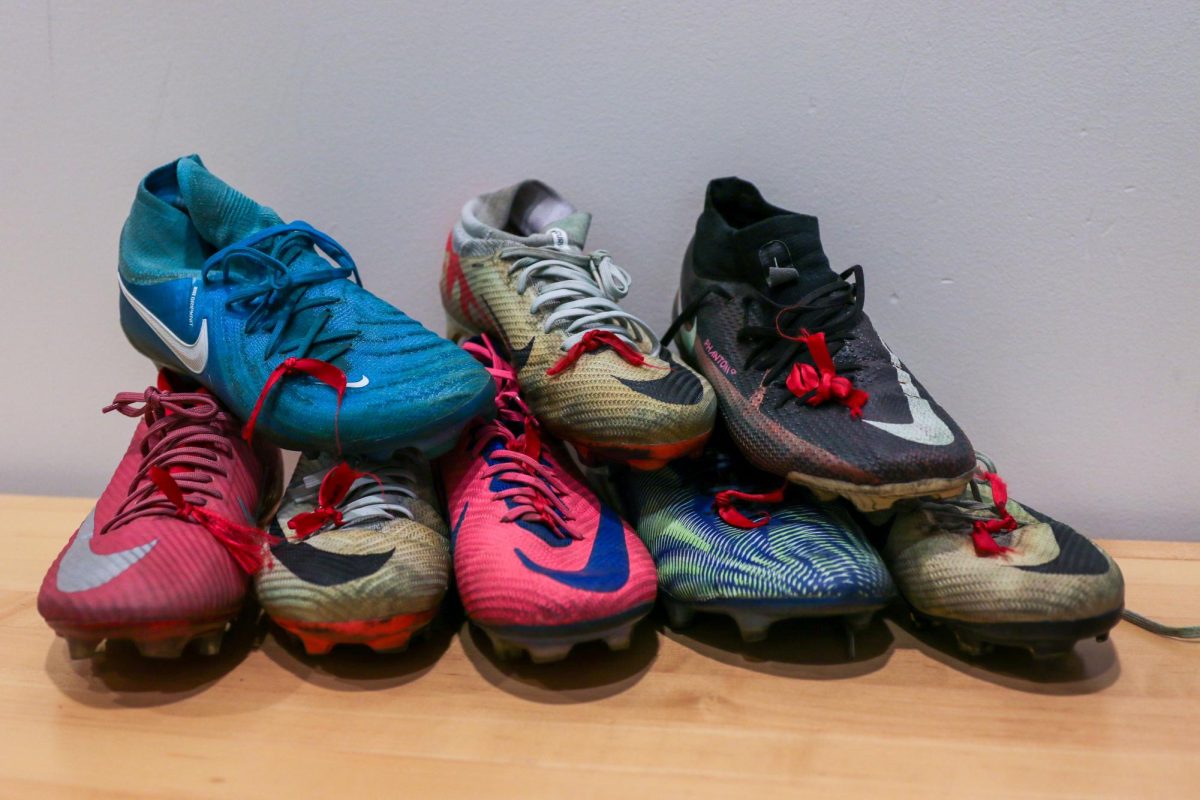



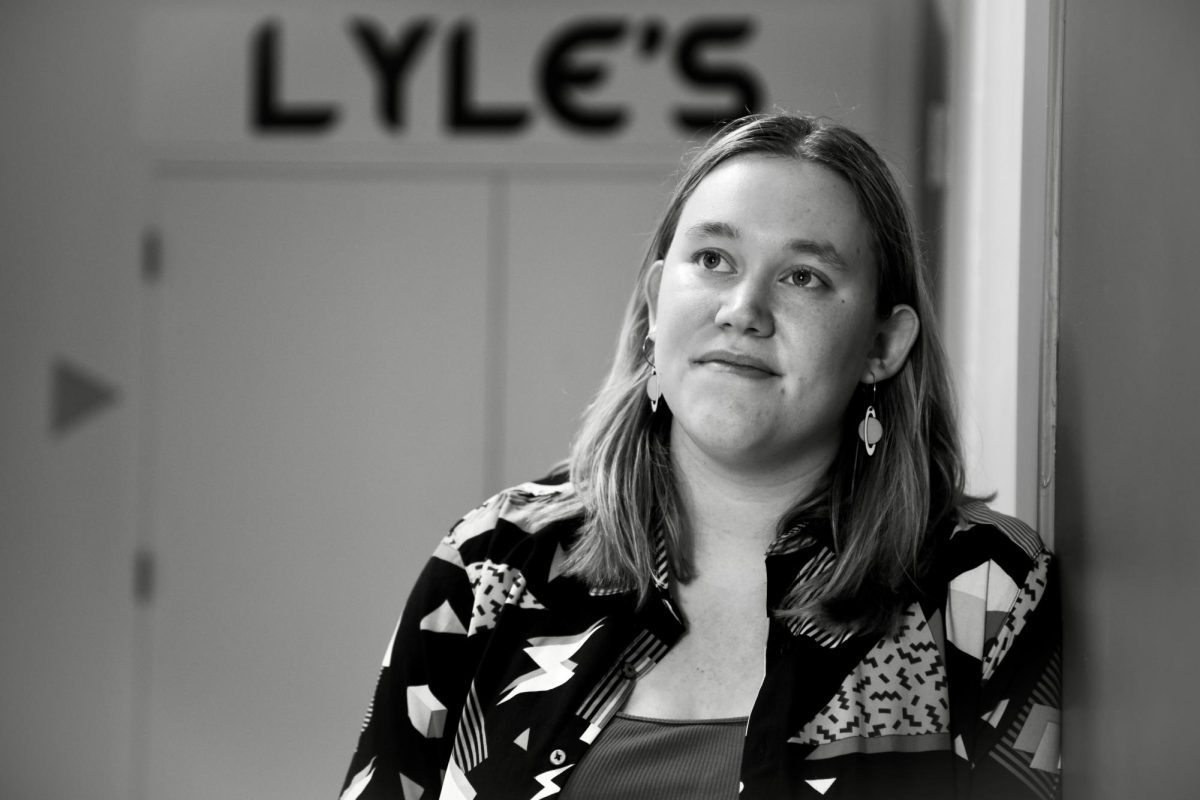
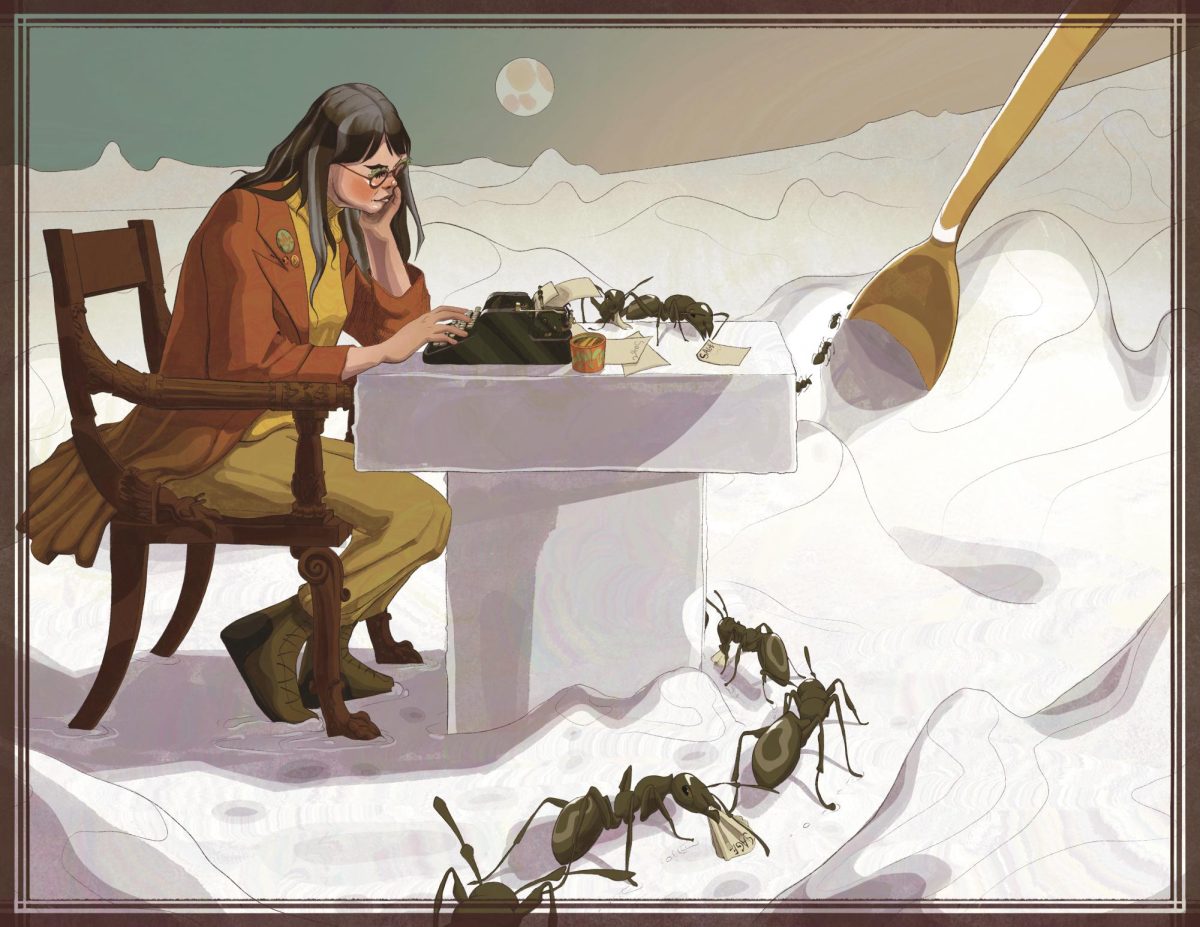












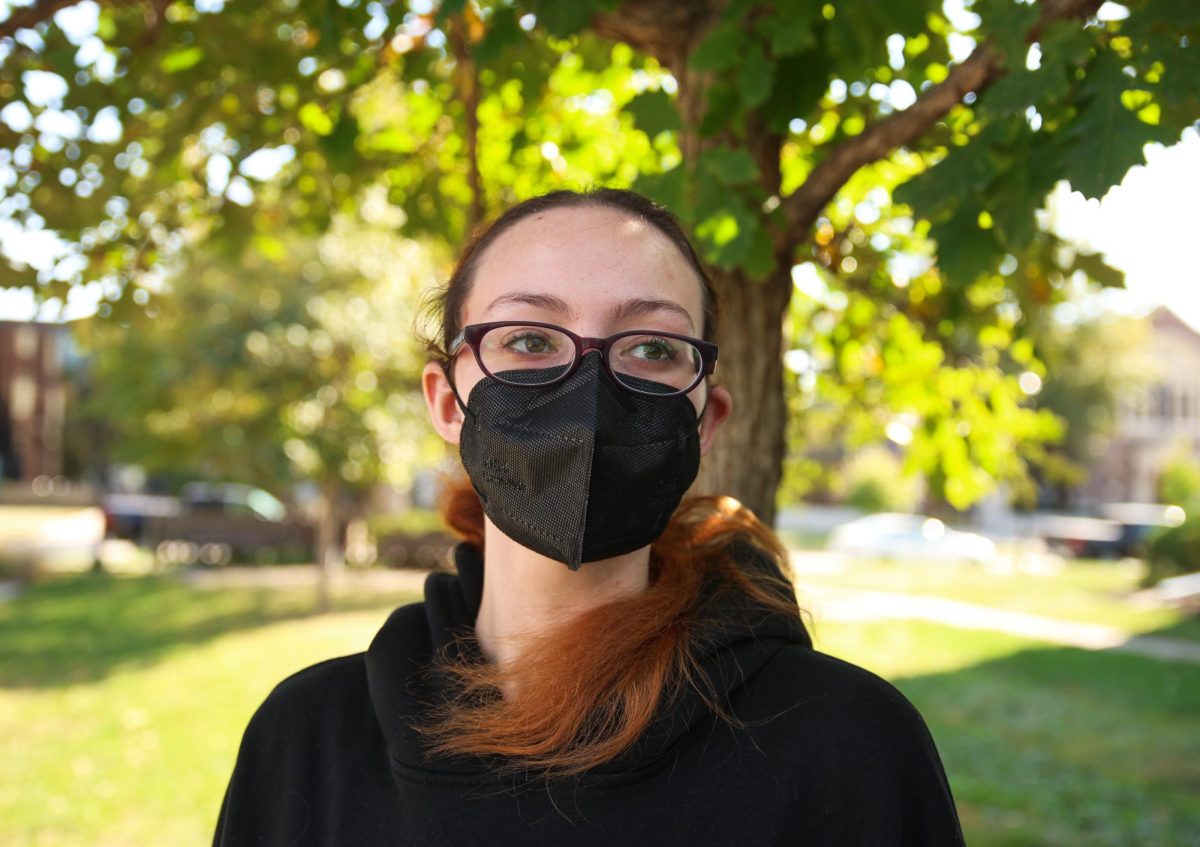






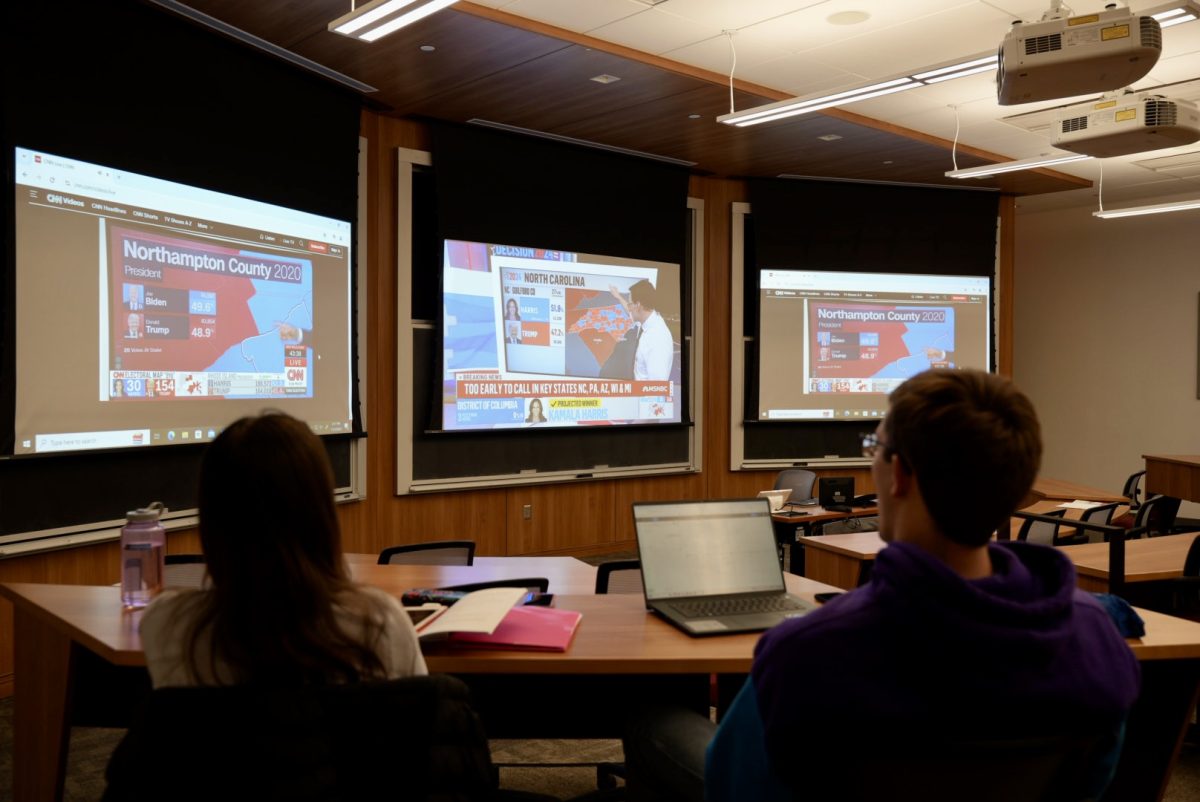

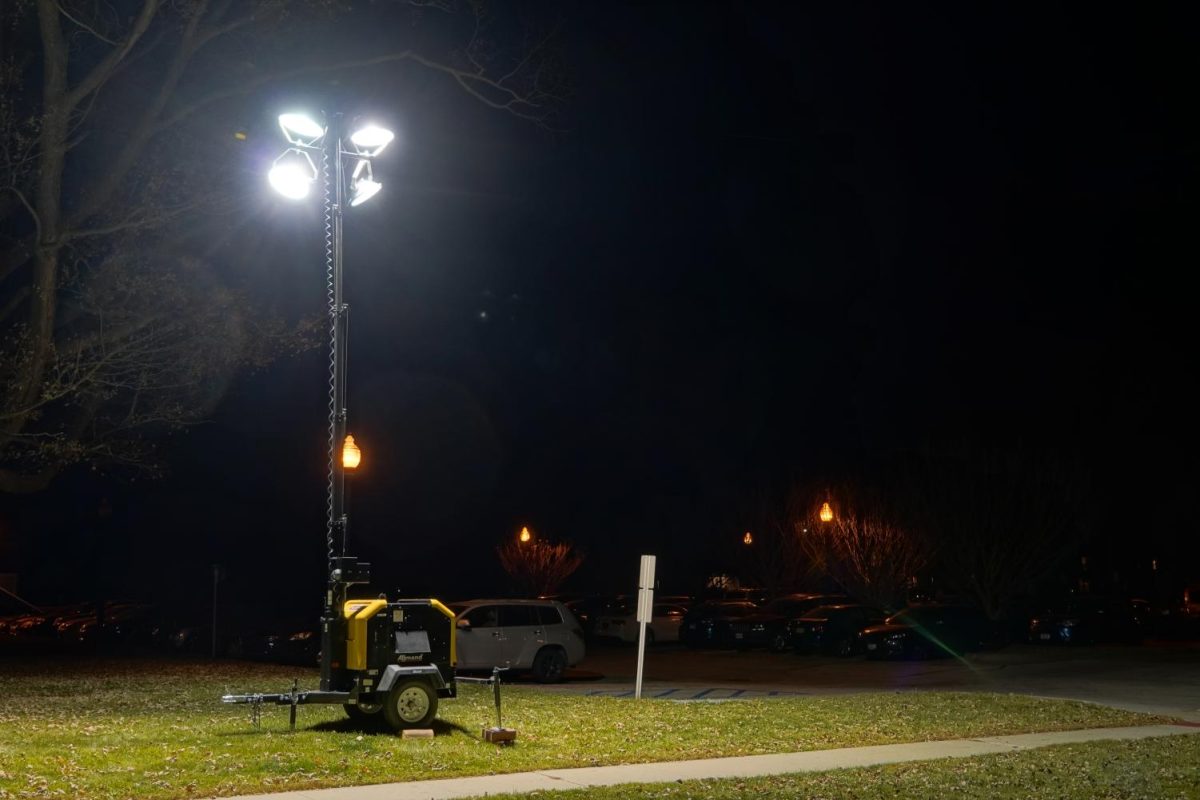
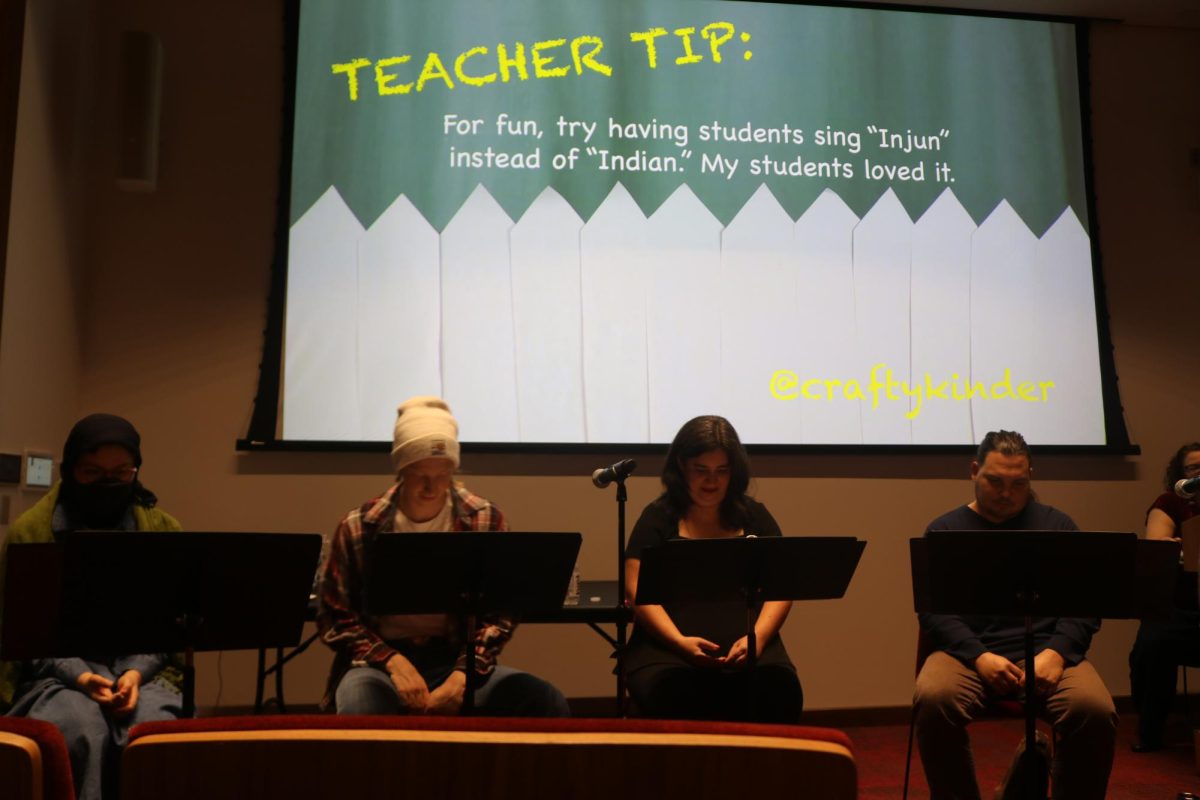






Sarah • Apr 4, 2023 at 9:48 am
Anna Cowley Ford accurately depicts chronic migraine.